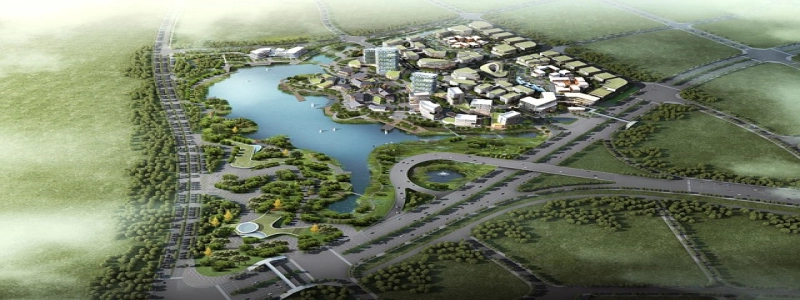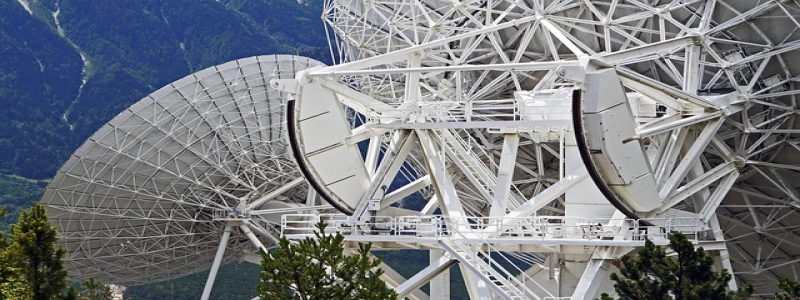4 Strand Single Mode Fiber
Introduction
1.1 Definition of 4 Strand Single Mode Fiber
1.2 Importance of 4 Strand Single Mode Fiber in Telecommunication
Structure and Features
2.1 Structure of 4 Strand Single Mode Fiber
2.2 Features of 4 Strand Single Mode Fiber
Advantages
3.1 Increased Bandwidth and Data Rates
3.2 Longer Transmission Distances
3.3 Better Performance in Harsh Environments
3.4 Cost Savings
Applications
4.1 Telecommunication Networks
4.2 Data Centers and Server Rooms
4.3 Military and Aerospace Communication Systems
4.4 Oil and Gas Industry
Conclusion
Introduction
1.1 Definition of 4 Strand Single Mode Fiber
In the world of telecommunications, fiber optic cables play a crucial role in transmitting data at high speeds over long distances. Among the different types of fiber optic cables available, the 4 Strand Single Mode Fiber stands out for its unique features and advantages. This type of fiber optic cable consists of four individual strands or fibers that are designed to carry signals using a single mode of light propagation.
1.2 Importance of 4 Strand Single Mode Fiber in Telecommunication
4 Strand Single Mode Fiber is highly important in the field of telecommunication due to its ability to transmit data with minimal signal loss over extended distances. Its capability to handle high bandwidth and support increased data rates makes it the preferred choice for various applications in the telecommunications industry.
Structure and Features
2.1 Structure of 4 Strand Single Mode Fiber
The structure of 4 Strand Single Mode Fiber consists of four individual strands or fibers. Each strand is incredibly thin, with a core diameter of around 8 to 10 micrometers. These strands are surrounded by a cladding layer made of a different material to ensure the efficient transmission of light signals.
2.2 Features of 4 Strand Single Mode Fiber
The key features that make 4 Strand Single Mode Fiber stand out are its low attenuation, narrow transmission wavelength, and high data capacity. This type of fiber optic cable is specifically designed to carry signals in a single mode, which means that only one light propagation path is used. This allows for a more focused transmission of light signals, resulting in minimal signal loss and higher data capacity.
Advantages
3.1 Increased Bandwidth and Data Rates
One of the significant advantages of 4 Strand Single Mode Fiber is its ability to handle higher bandwidth and support increased data rates. Due to its low attenuation and focused transmission of light signals, it can carry a more substantial amount of data compared to other types of fiber optic cables.
3.2 Longer Transmission Distances
Another advantage of 4 Strand Single Mode Fiber is its ability to transmit data over longer distances without significant signal loss. The focused transmission of light signals in a single mode allows for less dispersion, meaning the signal remains intact and can travel over extended distances compared to other types of fiber optic cables.
3.3 Better Performance in Harsh Environments
4 Strand Single Mode Fiber is known for its exceptional performance in harsh environments. The design and construction of this type of fiber optic cable make it more resistant to factors such as temperature variations, humidity, and physical stress. This makes it suitable for deployment in outdoor conditions and industrial environments.
3.4 Cost Savings
4 Strand Single Mode Fiber offers the advantage of cost savings in the long run. Its ability to transmit signals over longer distances reduces the need for additional repeaters or signal boosters, ultimately reducing infrastructure costs.
Applications
4.1 Telecommunication Networks
4 Strand Single Mode Fiber finds widespread use in telecommunication networks. It is used for high-speed data transmission in both local area networks (LANs) and wide area networks (WANs). Its high data capacity and long transmission distances make it ideal for connecting different network nodes.
4.2 Data Centers and Server Rooms
In data centers and server rooms, 4 Strand Single Mode Fiber is commonly used for interconnecting different components and ensuring high-speed data transfer between servers, storage systems, and networking equipment. Its high bandwidth and low signal loss play a crucial role in maintaining optimal data performance.
4.3 Military and Aerospace Communication Systems
Military and aerospace communication systems require reliable and secure transmission of data over long distances. 4 Strand Single Mode Fiber is widely employed in these applications due to its ability to perform well even in harsh environmental conditions and over extended distances.
4.4 Oil and Gas Industry
The oil and gas industry relies on fiber optic communication systems for reliable data transfer in remote locations and harsh environments. 4 Strand Single Mode Fiber is extensively used in this industry to ensure the safe and efficient operation of essential equipment and systems.
Conclusion
4 Strand Single Mode Fiber is a specialized type of fiber optic cable that offers numerous advantages in terms of bandwidth, transmission distances, performance in harsh environments, and cost savings. Its unique features and structure make it the preferred choice for various applications in the telecommunication industry, data centers, military and aerospace communication systems, and the oil and gas industry. With its ability to transmit data with minimal signal loss and over extended distances, 4 Strand Single Mode Fiber is a crucial element in the world of telecommunications.








